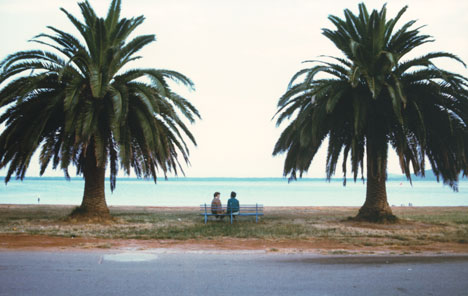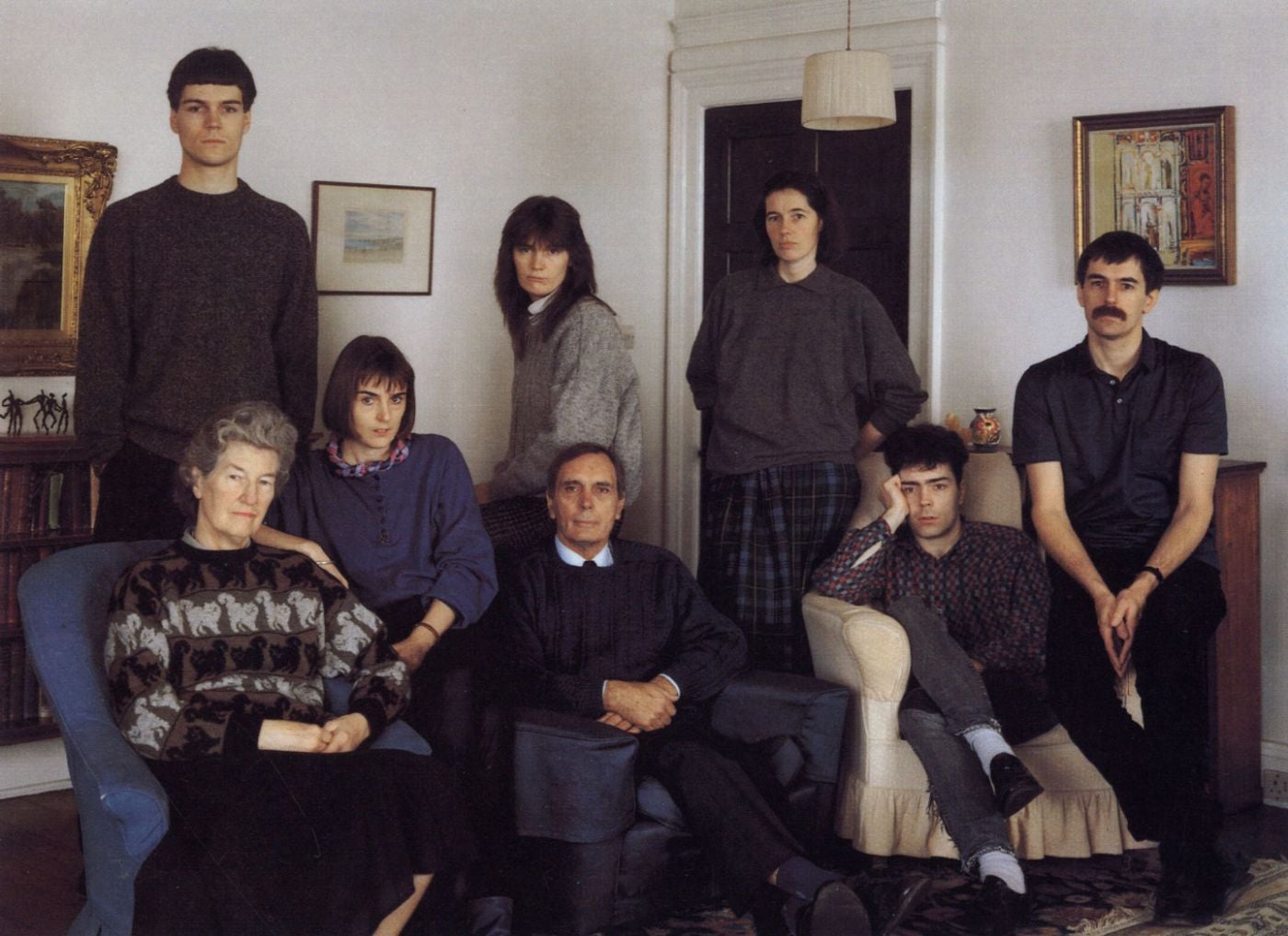Grosnez Castle
Grosnez Castle occupied the headland at the extreme north-west of Jersey in Saint Ouen. Nobody really knows why it was built, but it was probably constructed in the 14th century, and was in ruins by 1540 and remains so today.

This is a reconstruction of what modern day architects believe the building would like by Norman Rybot.

Using the Société Jersiaise archisle, I was able to locate this picture of a family around what is left of the castle. The building is into a similar state today despite this picture being taken by Francis George de Faye between 1890 and 1920.
Due to the symmetrical arching of the castle and the coastal view behind, the site would be able easy to create my own version of a Luigi Ghirri-esque image. The castle coincides nicely with this development on the environment as this site is very recognizable with fellow islanders.
L’Etacq
The story of L’Etacq is deeply effected by it’s environment. It’s rich nutrient filled cotils and close proximity to the sea has seen fishing and farming heavily in its history. The rocky cliff faces also add to the list of nutrients within the heart of Saint Ouen’s, as it has been subjected to quarrying, coinciding with the topic of man’s impact on land.

This image derived from the SJ archives shows the rural nature of Saint Ouen’s, dating back to between 1871 – 1873. Compared to today, L’Etacq has not expanded in quite the same way the rest of the island has due to restrictions from within the States of Jersey. Some properties have been added and some have been renovated but fundamentally, the landscape does not look too different for a 130 year difference.

A distinctive sign of continuity within L’Etacq is the notorious Fisherman’s Cottage next to Le Pulec Bay. When searching through the archives, I recognized the small jewel within Jersey’s heritage as it still stands tall today. Here is an image of the cottage against what it looks like today.


The Fisherman’s cottage at the very north of St Ouen’s Bay is surrounded by the wild in arguably the most rural sector of the island, giving it a direct link to a natural environment which coincides with our objective. The site also demonstrates continuity and resilience against man’s impact but also shows how the people of Jersey understood it is important to keep some traditional sites and prevent too much refurbishment.
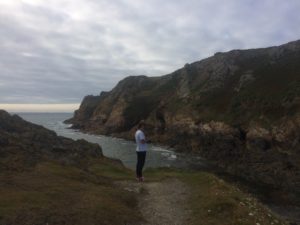

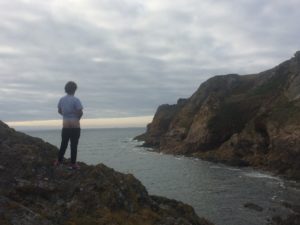
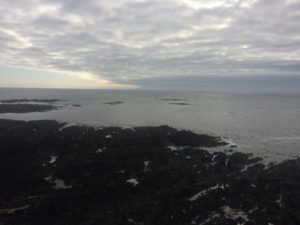
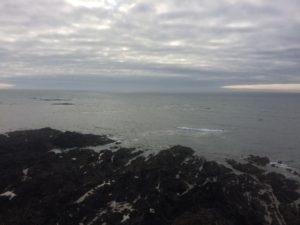
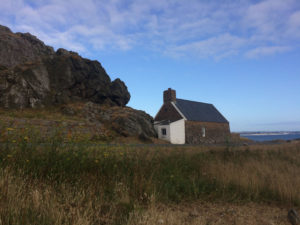
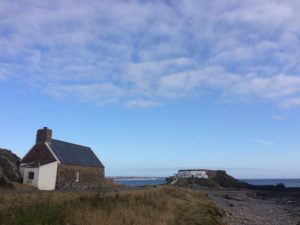

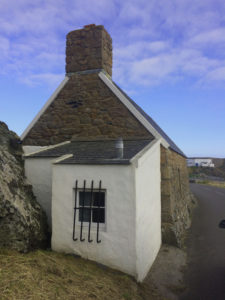

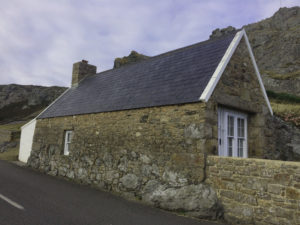
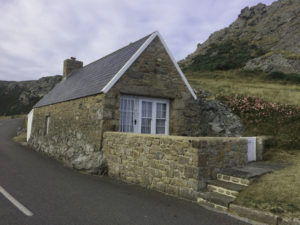
Following my short and to be continued trip to the North-West coast of the island between Les Landes and L’Etacq in Saint Ouen’s, I was very pleased to see continuity through the unique aspect of the Fisherman’s Cottage. The recognizable monument still stands strong as it demonstrates a rare source of an old Jersey culture and can be interpreted as a form of an archive as it reveals information upon a different era and society. The original Jersey granite reinforces the mere fact this is a Jersey artifact and unique to the island along with the typical coast line that the building faces.
Personally, this building represents the true Jersey without all the finance buildings and prospects which now dominates the island. Previously, the islanders explored their resourceful nature as fishermans, for instance the one that inhibited a site like this in order to survive. We lived off our own grown crops from the cotils or the cattle, for example the Jersey Cow we are renown for would enable island life. It is reassuring to maintain sites like the Fisherman’s cottage as our town centre is dominated by over-powering modern buildings which dominate the Saint Helier scape. For research into an environmental theme, I believe visits to the more remote regions of the island give a more reflection of our island and who I am following my progression as a human on the island.




